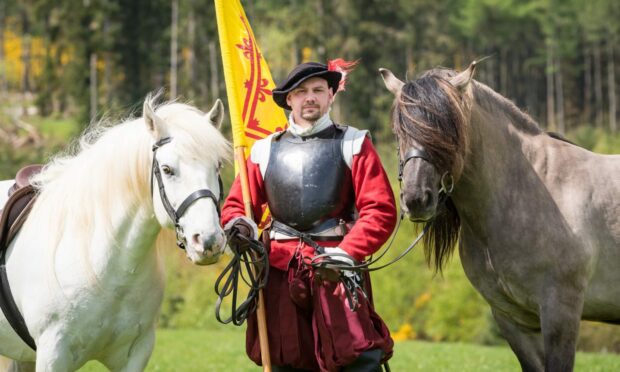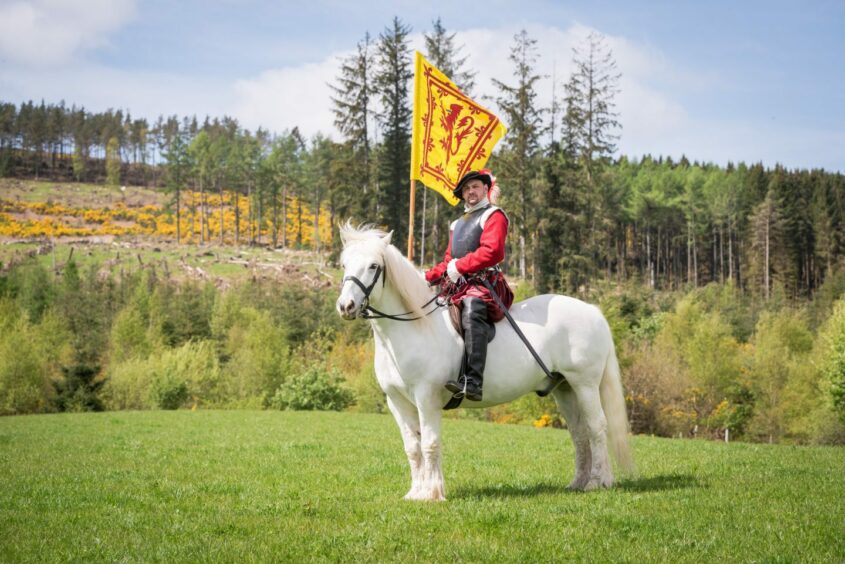The Battle of Corrichie will be re-enacted this summer for a family event near Banchory.
The milestone of Scottish history, fought some 460 years ago, saw the region’s feuding clans clash in a furious battle north of the town.
Now it will be reproduced at the Milton of Crathes by Banchory on August 6 from 10am to 5pm.
Families have been encouraged to “travel back in time” as the fiercely independent men and women of the 1500s who fought for their beliefs and helped to shape the character of modern-day Aberdeenshire.
Their story will be told through music, drama, archery, falconry and a “spectacular” battle re-enactment.
Families will also be given a chance to speak to a real-life modern-day witch or have a go on the bouncy castle in the modern village.
Why was the Battle of Corrichie fought?
The Battle of Corrichie was fought near Meikle Tap, the eastern most summit of Hill of Fare, north of Banchory on October 28 1562.
It was fought between the forces of George Gordon, the 4th Earl of Huntly, against the forces of Mary Queen of Scots, under James Stewart, the 1st Earl of Moray.
The Earl of Huntly had lost the territories of Moray and Mar, which he considered his heritage, so he became an enemy of the new Earl of Moray, who was the half-brother of Mary Queen of Scots.
Dr Arran Johnston, director of the Scottish Battlefields Trust, who has a background in performing and co-ordinating historic events, will lead the battle re-enactment.
He said: “It’s fantastic to be involved in bringing the Battle of Corrichie to life.
“Besides the spectacle of the battle itself, visitors will be able to meet the actors and learn about the clothing, weaponry and tactics of the 16th-century soldier, and cheer them on as they show off their skills in the saddle.
“We’ll end the event with a short act of remembrance to remember those who lost their lives that day.”
Organised by St Nicholas Productions in connection with the Leys Charitable Trust, the proceeds from the event will be directed towards funding local community causes including the Loch of Leys restoration.
For more information or to book tickets visit the Battle of Corrichie website.


Conversation